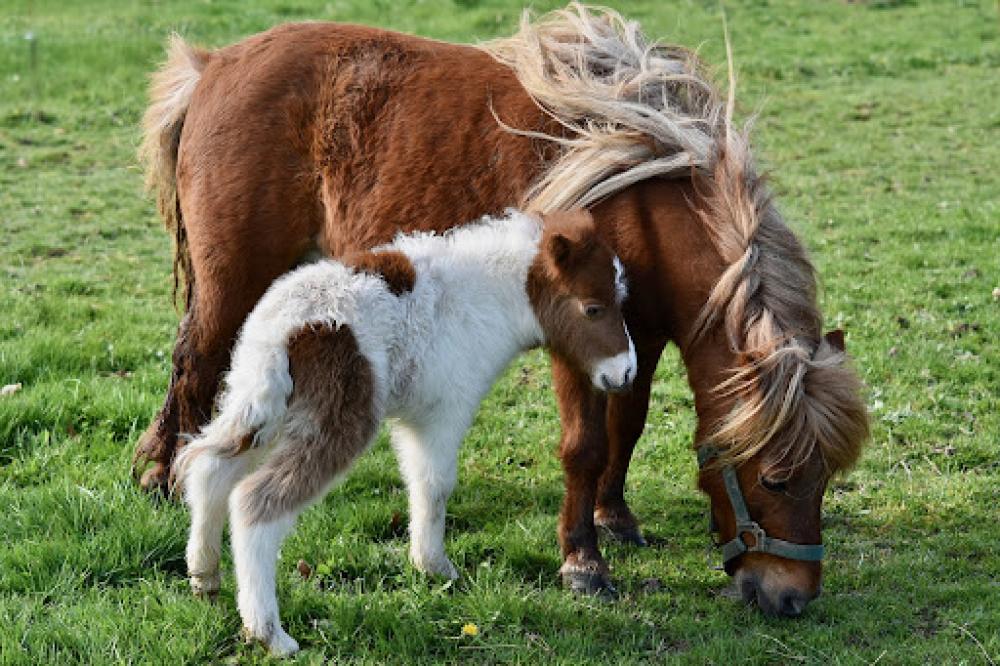Short and not-so-sweet
July 17, 2023

Image by JackieLou DL from Pixabay
A recent study from UMN researchers and partners at University of Arizona found a genetic variant that puts ponies at a significantly increased risk for equine metabolic syndrome (EMS)—itself a risk factor for laminitis, which is the most frequently reported determinant for euthanasia among horse owners. Understanding the genetic risk factors will help identify ponies at higher risk of EMS before they develop laminitis.
The study expanded earlier work that identified the same genetic association in a cohort of Welsh ponies, Here, the researchers looked at 236 ponies across 6 breeds and found that, as in the Welsh ponies, the variant HMGA2:c.83G>A was associated with both small stature and higher concentration of basal insulin—the “background” insulin that the body produces to regulate blood sugar over time and between meals. A similar link between small stature and increased risk of metabolic disorders has been well documented in humans.
The researchers found that in 5 of the 6 breeds examined, the variant was present and was correlated with both height and basal insulin concentration. Because these are complex genetic traits that can be modified by other genes, future studies that include larger numbers of ponies are needed to understand more about how the effect of the variant may vary by breed. This is especially true for the variant’s relationship to EMS, where a better understanding could lead to a genetic test to predict EMS in at-risk ponies.
Dr. Molly McCue, Professor in the Department of Veterinary Population Medicine and an author on the study, says, “The differences in basal insulin in horses and ponies were first described nearly 50 years ago. This paper and our previous work are finally pointing to the genetic reasons why. While this mutation is not the whole story, it's an important piece of the puzzle as we look to understand the molecular mechanisms underlying EMS.”
Read the full study in the Journal of Veterinary Internal Medicine.


